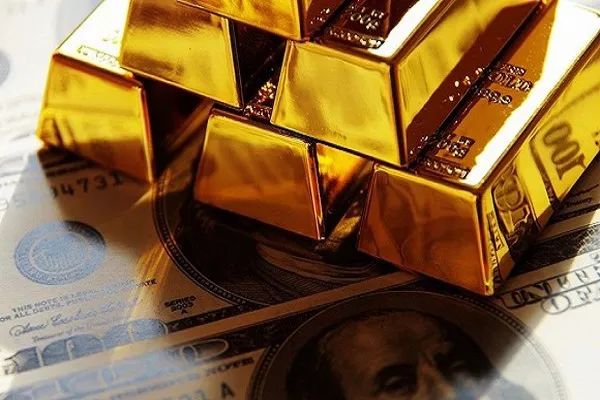In recent times, gold has emerged from the shadows, signaling a significant message amidst a backdrop of economic and geopolitical uncertainties. Its recent surge, attributed to higher-than-expected inflation in the United States and widespread apprehension regarding geopolitical tensions, upcoming elections, and the trajectory of monetary policy and markets, underscores its enduring relevance.
While the immediate triggers for gold’s rally are apparent, deeper and more profound messages underlie this resurgence, demanding the attention of investors. The specter of inflation looms large, with the prevailing sentiment favoring a prolonged period of elevated inflation rates. Various macroeconomic trends, including robust fiscal stimulus, supply chain diversification efforts, and substantial investments in clean energy and re-industrialization, contribute to this inflationary environment. Additionally, the spending power of aging baby boomers further fuels inflationary pressures, amplifying gold’s allure as a traditional hedge against inflation.
However, beyond its role as an inflation hedge, gold serves as a barometer of confidence in the stability of the status quo. Historically, it remains dormant for extended periods before surging during pivotal global transitions, as witnessed today. The erosion of the Washington consensus and the waning dominance of the postwar Pax Americana, coupled with escalating trade tensions and the geopolitical fallout from conflicts such as the Ukraine crisis, accentuates gold’s appeal as a safe haven asset.
Analysts, including Philippe Gijsels and Koen De Leus of BNP Paribas Fortis, forecast a significant upward trajectory for gold prices, reflecting not merely interest rate dynamics but a broader hedging strategy against the uncertainties of a changing world order. The realignment of global economic power, exemplified by China’s strategic shift towards gold acquisitions and divestment from US Treasuries, mirrors past historical precedents and portends a sustained bull run in gold prices.
Drawing parallels with historical episodes, such as the breakdown of the Bretton Woods System, underscores the potential implications of current policy trajectories. The resonance between past events and contemporary developments, including discussions surrounding currency devaluation and protectionist measures, underscores the evolving landscape shaping gold’s resurgence.
Amid mounting concerns over US debt and deficits, prospects of fiscal sustainability grow increasingly precarious. Projections depicting alarming debt-to-GDP ratios evoke the specter of monetization, financial repression, and market turmoil, amplifying gold’s attractiveness as a hedge against systemic risks.
While alternative scenarios are conceivable, such as inflation alleviating debt burdens, the prospect of higher interest rates poses additional challenges to fiscal stability. Speculation regarding potential Federal Reserve interventions to mitigate debt-related risks underscores the prevailing uncertainty and underscores gold’s appeal amidst economic and political paradigm shifts.
In this era characterized by economic flux and geopolitical realignment, gold emerges not merely as a commodity but as a symbol of resilience amid uncertainty, embodying the enduring allure of precious metals in turbulent times.

